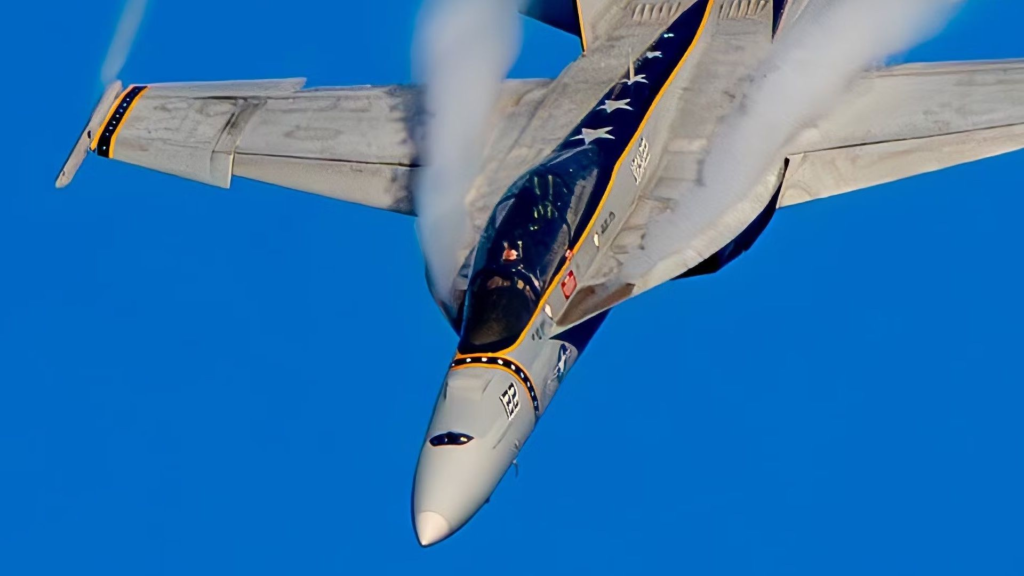- Stock Code
-
BA
- Business Type
-
Planemaker
- Date Founded
-
July 15, 1916
- CEO
-
Kelly Ortberg
- Headquarters Location
-
Chicago, USA
Currently, SLM facilities are already in the works at the Navy’s FRC Southwest facility in San Diego, with some modification units also in service in Jacksonville. The Boeing facility in St. Louis will now concentrate on the production of the F-15EX Eagle II, the MQ-25, and the United States Air Force’s next-generation F-47 program. Current upgrades will make it easier for Boeing to continue expanding its capabilities into the 2030s.
A Deeper Look At Boeing’s Decision
Seattle-based planemaker Boeing is moving the F/A-18 Super Hornet out of St. Louis in order to free up factory space and talent for expanding future programs, which are already in the works of ramping up. The manufacturer has big plans to expand its development and maintenance capacity for the F-15EX Eagle II and the upcoming F-47 fighter. This shift begins in 2026, and it will end the following year after.
From a strategic perspective, the facility’s current operations with the F/A-18 program are portable, and Boeing already performs this kind of advanced maintenance in San Antonio, with the US Navy doing so in San Diego. Consolidating the manufacturer’s presence at just these sites will preserve the Navy’s ability to scale its maintenance capabilities while also reducing flow-time-related conflicts and unlocking additional capacity in St. Louis. In a statement, Dan Gillian, a Boeing Vice President for the St. Louis site, had the following words to share:
“Given we are already successfully conducting SLM at other locations, this move is logical so we can continue to meet our customers commitments while ensuring we are well poised for future work.”
What Does All Of This Mean For Boeing?
By shifting the F/A-18 SLM facility out of St. Louis, Boeing can now repurpose this flagship site for growth programs, something which will certainly be exciting to investors. The newly-awarded F-47 contract will require the company to leverage factory space, specialized tooling, and experienced talent, which are the traditional bottlenecks for this kind of ambitious development program.
From a financial perspective, the mix is now tilted towards higher-value development and production lines, keeping SLM revenue flowing at other established locations. There is also significantly lower disruption risk, with the F/A-18 SLM facility not sharing space with other programs. This builds resiliency for the Navy through the mid-2030s.
In the near term, Boeing can expect higher one-time relocation costs and a high schedule and learning-curve risk. From a strategic perspective, Boeing signals that St. Louis remains its principal combat aircraft hub, and it is choosing to redeploy SLM staff as opposed to letting them go. Across the board, this highlights improved asset utilization and steadier throughput.
Should Boeing Investors Be Excited By This Move?
There are a few reasons why Boeing investors would be excited by this move. For starters, this demonstrates more diligent asset reallocation by the manufacturer.
Beyond that, there are a handful of reasons why the management team at Boeing is choosing to push forward with this initiative. This move better positions Boeing to capture as much upside as possible from its next-generation programs, while also fulfilling its obligations to the Department of Defense for the F/A-18 program.
The reprioritization of Boeing’s defense segment has been a key piece of the company’s business strategy in recent months. This segment has been Boeing’s biggest driver of revenue growth in recent months.

